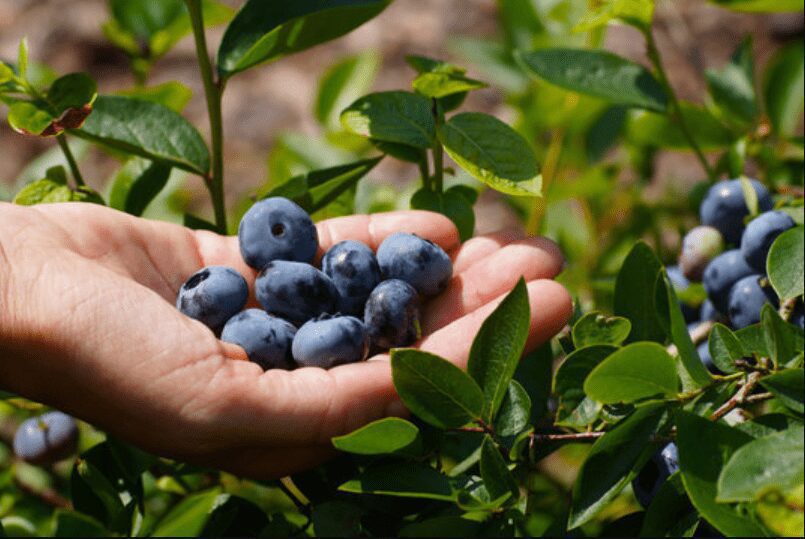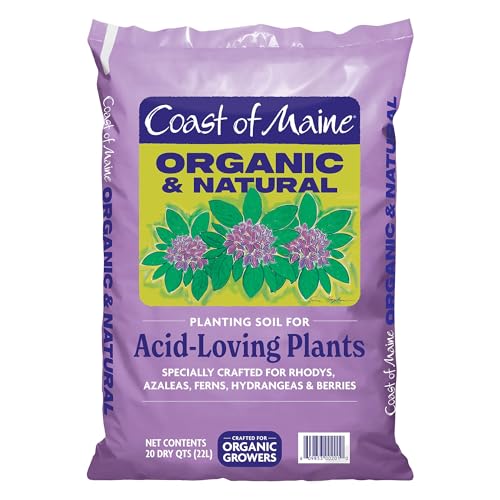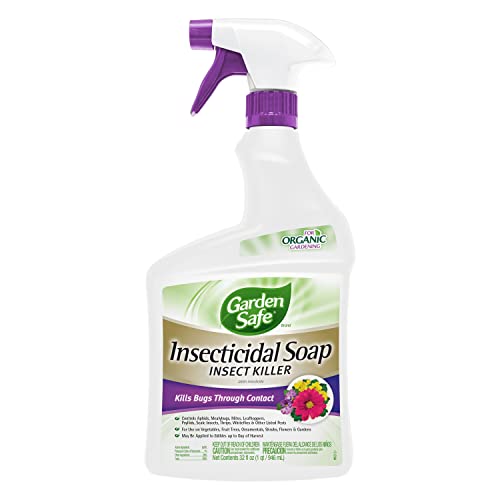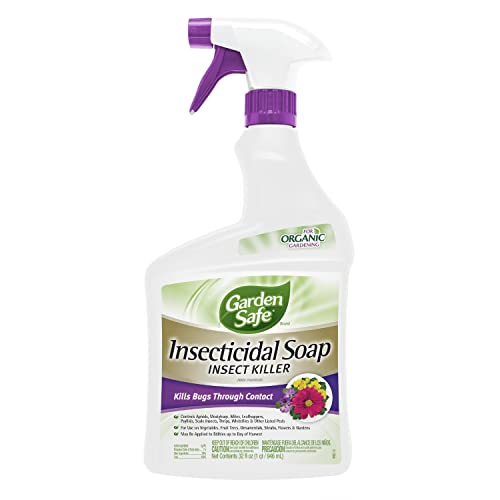 Reveal the secrets to successfully growing container planting blueberries with our expert guide. Master container planting techniques for lush, homegrown berries on your patio or balcony!
Reveal the secrets to successfully growing container planting blueberries with our expert guide. Master container planting techniques for lush, homegrown berries on your patio or balcony!
Transform your patio, balcony, or small outdoor space into a thriving berry garden. Let’s dive into container gardening and explore the best berries to grow in containers.
Choosing the Right Containers for Your Berry Garden
To ensure the success of your container berry garden, selecting the appropriate containers for each berry variety is crucial.
Here are some general guidelines to follow:
- Choose containers with drainage holes to prevent waterlogged soil.
- Opt for larger containers (at least 12-18 inches in diameter) to accommodate the mature size of the plants and their root systems.
- Consider using self-watering containers to maintain consistent moisture levels.
Top 8 Container Planting Blueberries
1. Strawberries
Strawberries are an excellent choice for container gardening. They thrive in pots and hanging baskets, making them perfect for small spaces. There are three main types of strawberries: June-bearing, everbearing, and day-neutral. For a continuous harvest throughout the season, choose day-neutral or everbearing varieties.
2. Blueberries
Blueberries are both beautiful and productive in containers. Choose a dwarf or half-high variety, such as ‘Top Hat’ or ‘Northsky’, which are better suited for container growing. Blueberries require acidic soil (pH 4.5-5.5), so be sure to use an acidic potting mix and monitor the pH regularly.
3. Raspberries
Dwarf raspberry varieties, like ‘Raspberry Shortcake’, are perfect for container growing. They have a compact growth habit and produce an abundance of flavorful berries. Select a large container with plenty of room for the roots to spread.
4. Blackberries
Thornless blackberry varieties, such as ‘Baby Cakes’ or ‘Black Cascade’, are ideal for container growth. These compact plants produce sweet, juicy berries and require minimal pruning. Choose a deep container to accommodate their robust root system.
5. Currants
Red, white, and black currants can all be grown in containers. Opt for dwarf or compact varieties, such as ‘Jonkheer van Tets’ (red currant) or ‘White Pearl’ (white currant). Plant currants in a large container with a depth of at least 18 inches.
6. Gooseberries
Gooseberries are hardy and adaptable, making them well-suited for container gardening. Choose a dwarf variety, like ‘Pixwell’, which is a compact, nearly spineless plant. Plant in a container at least 18 inches deep and wide.
7. Lingonberries
Lingonberries are an attractive, low-growing berry that thrives in containers. Like blueberries, they prefer acidic soil (pH 4.5-5.5). Opt for a variety like ‘Red Pearl’ or ‘Koralle’ and plant them in a pot at least 12 inches in diameter.
8. Honeyberries
Honeyberries, or haskap berries, are cold-hardy fruit with a unique, tangy flavor. Dwarf varieties, such as ‘Boreal Beauty’ or ‘Tundra’, are ideal for container growing. Plant them in a large container with a minimum depth of 18 inches.
Preparing the Perfect Soil Mix
A well-draining, nutrient-rich soil mix is essential for growing healthy berries in containers.
Here’s a simple recipe for creating your soil mix:
- Mix equal parts high-quality potting soil, peat moss, and compost.
- Add perlite or vermiculite to improve drainage and aeration.
- For blueberries and lingonberries, use an acidic potting mix and add additional peat moss to lower the pH.
Watering and Fertilizing Your Container Berries
Watering
Proper watering is crucial for successful container gardening. Keep the following tips in mind:
- Check the soil moisture regularly by sticking your finger about an inch into the soil. Water when the top inch feels dry.
- Water thoroughly, allowing excess moisture to drain out of the container.
- Use a saucer under the container to catch excess water and prevent staining on your patio or deck.
Fertilizing
Fertilize your container-grown berries with a balanced, slow-release fertilizer or an organic alternative, such as compost tea or fish emulsion. Follow the manufacturer’s instructions for application rates and frequency. Use an acidic fertilizer formulated explicitly for acid-loving plants for blueberries and lingonberries.
Common Pests and Diseases to Watch Out For
Keep an eye out for common pests and diseases that can affect your container-grown berries:
- Aphids
- Spider mites
- Birds (use bird netting to protect your berries)
- Powdery mildew
- Botrytis (gray mold)
Promptly address any issues by applying appropriate treatments, such as insecticidal soap for aphids and spider mites or fungicides for powdery mildew and botrytis.
Choosing the Right Blueberry Plants for Container Gardening
The appropriate blueberry species and cultivar are crucial for a successful container garden. Four main blueberry species exist northern highbush, southern highbush, lowbush, and rabbiteye.
For growing blueberries in containers, northern and southern highbush varieties are the most fruit-bearing species and best suited for this purpose.
Visit local nurseries or garden centers to find cultivars suitable for your climate, such as ‘Sunshine Blue’, known for its adaptability to cold and warm temperatures.
Crafting the Ideal Soil Mix for Container-Grown Blueberries
Blueberries love acidic soil, so creating the right soil mix for your container blueberries is essential. Combine equal parts garden soil, peat moss, and well-rotted compost, then add coarse sand for improved drainage.
To increase the soil’s acidity levels, incorporate pine needles or pine bark, naturally acidic soil amendments. If needed, test the mixture’s pH balance regularly and adjust it with elemental sulfur or iron sulfate.
Commercial potting soil designed for acid-loving plants, such as azaleas and rhododendrons, can also be used as an equally effective potting mix for blueberries.
Caring for Your Potted Blueberries Throughout the Growing Season
To grow blueberries in containers successfully, ensure they receive total sun exposure for at least six to eight hours daily. Water your blueberry plants regularly, keeping the soil consistently moist but not soggy to prevent root rot.
Monitor soil acidity levels and adjust as needed. Apply an acidic-based fertilizer or a light monthly dose of cottonseed meal, ensuring not to over-fertilize, as too much fertilizer can lead to weak growth and small berries.
Keep an eye out for blueberry pests such as cherry fruit worms and blueberry maggots, and use beneficial insects or organic treatments to control infestations.
Harvesting and Enjoying Your Container Blueberries
As your blueberry plants begin to bear fruit, typically in early summer, monitor your plants for ripe fruit. Harvest blueberries when they turn a deep blue color and are slightly soft to the touch. Regularly picking ripe berries encourages continuous fruit production throughout the season.
Enjoy your antioxidant-rich harvest fresh, or use the delicious berries in smoothies, pies, preserves, and other culinary delights. With proper care and maintenance, your container-grown blueberries will happily produce fruit for years, providing you with the satisfaction of growing your berries in a small space.
FAQ
How big of a container do you need to grow blueberries?
A container with a minimum depth of 18-24 inches and a 24-30 inches diameter is suitable for growing most blueberry varieties.
What is the best way to plant blueberries in a container?
Plant blueberries in a well-draining, acidic soil mix, ensuring the root ball is at the same depth as it was in its nursery container. Place the container in a sunny location, receiving at least 6-8 hours of sunlight per day, and keep the soil consistently moist.
What do you mix blueberry soil with for containers?
Mix equal parts peat moss, coarse sand or perlite, and well-rotted compost or pine bark to create a well-draining, acidic soil mix suitable for blueberries.
Can blueberry plants survive winter in pots?
Yes, blueberry plants can survive winter in pots if properly protected from extreme temperatures and winds. Move the pots to a sheltered location, or insulate them with burlap or bubble wrap.
What are the best uses for container-grown blueberries?
Container-grown blueberries are perfect for fresh eating, baking, making jams, and freezing for later use.
What kind of blueberries grow well in containers?
Dwarf and half-high blueberry varieties, such as ‘Top Hat,’ ‘Sunshine Blue,’ or ‘Northsky,’ are well-suited for container cultivation.
What is the best way to grow blueberries in a container?
Choose a suitable container and acidic soil mix, plant the blueberry bush at the same depth as it was in the nursery, place the container in a sunny location, and maintain consistent soil moisture.
What is the best modern way to farm blueberries?
Modern blueberry farming techniques include precision agriculture, integrated pest management, and sustainable practices like drip irrigation and organic fertilizers.
How can you store berries so they stay fresher longer?
Store blueberries in a breathable container in the refrigerator, unwashed, and wash them just before consuming. Store them in a sealed container with a dry paper towel to prolong their freshness to absorb excess moisture.
Growing blueberries for the first time. Any advice?
Choose a suitable variety for your climate, use an acidic soil mix, maintain consistent soil moisture, and protect the plants from pests, diseases, and harsh winter conditions.
How big of a pot should I plant my blueberry bushes in?
A pot with a minimum depth of 18-24 inches and a 24-30 inches diameter is suitable for growing blueberry bushes.
What are the benefits of container planting blueberries?
Container planting allows for better control over soil conditions, easier pest and disease management, and the ability to grow blueberries in limited space or unsuitable in-ground soil.
How can I use containers to plant blueberries?
Select an appropriate container and soil mix, plant the blueberry bush, place the container in a sunny location, and provide consistent moisture to the soil. Regularly check for pests and diseases, and protect the plant during winter months.
Harvesting and Enjoying Your Homegrown Berries
As your container berries ripen, please pick them up regularly to encourage continuous production. Enjoy fresh harvest, or preserve your bounty by freezing, canning, or making delicious jams and jellies.
With this concise guide to growing berries in containers, you’ll be well on your way to creating a productive and beautiful patio berry garden.
Follow these expert tips and techniques to ensure a bountiful harvest of homegrown berries, perfect for enjoying all season long.
Read Next: https://gardenfrontier.com/duranta-plant/
Last update on 2024-11-12 / Affiliate links / Images from Amazon Product Advertising API








































